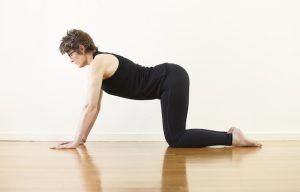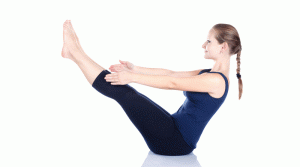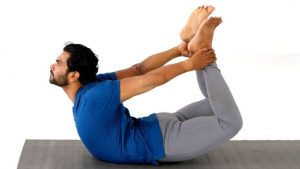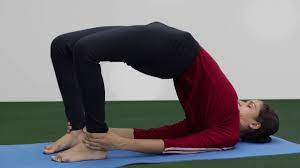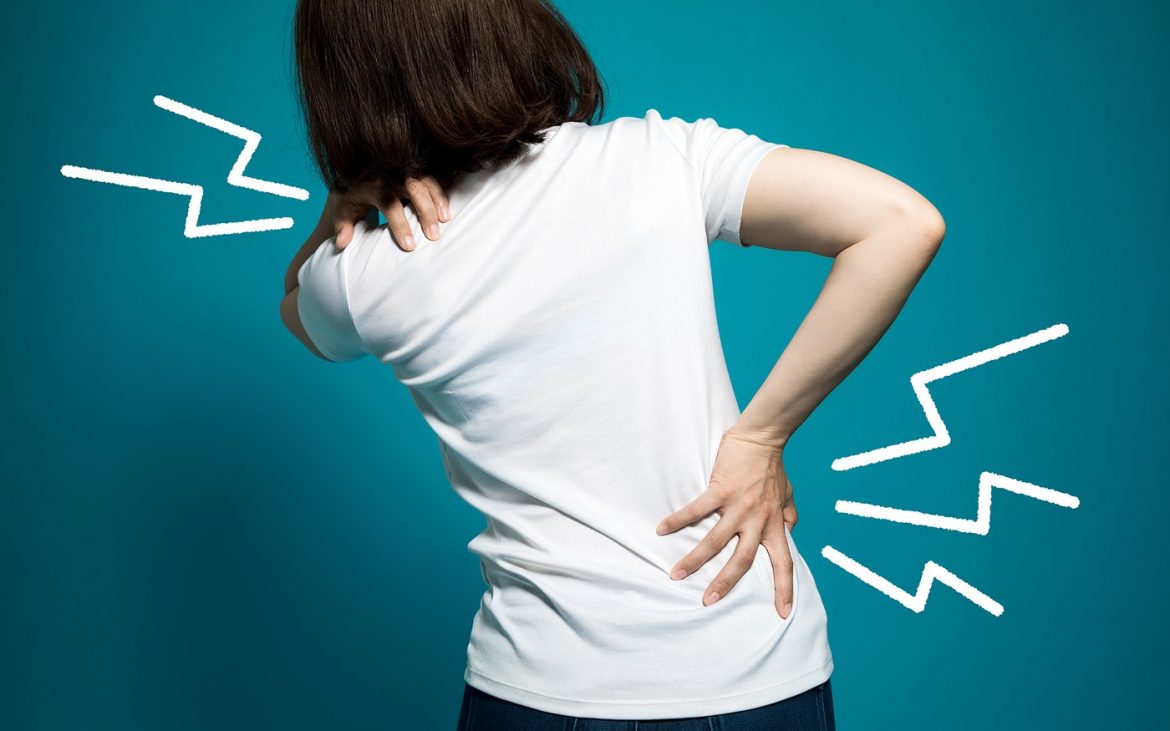
BACKACHE – YOGA ASANAS
- January 4, 2023
- Posted by Dr. Vaidya Karanvir Singh
- 0 Comment(s)
Table of Contents
INTRODUCTION
Back pain is the most common health issue from which people suffer. It is characterized by pain in muscles of back and intervertebral joints. It occurs due to any injury, strenuous physical activity and any underlying medical condition. People of all age groups are affected by back pain. However, with increasing age, there occur degenerative changes and chances of back pain get increased. Lower back area is most commonly affected. It is related to lower back muscles, abdominal and pelvic organs, ligaments attached and intervertebral discs. Pain in upper back is concerned with tumors in chest, disorders of aorta and inflammation of spine.
Back pain is categorized into two types – acute back pain and chronic back pain. Acute back pain occurs suddenly and is temporary in nature. It usually goes away on its own. Chronic back pain is a long term problem and remains for several months. The pain is progressive and worsens with time.
There are various treatments available for back pain. But with some dietary and lifestyle modifications, it can be easily prevented and managed.
WHAT ARE THE CAUSES OF BACK PAIN?
Back pain has several reasons for its occurrence. Following are the causes of backpain:
- Muscle strain
- Rupturing of discs
- Bulging of discs
- Spasm of muscle
- Straining of ligaments
- Osteoporosis
- Narrowing of the spinal canal called spinal stenosis
- Osteoarthritis
- Lifting of heavy weight
- Any fracture due to fall or injury
- Sciatica
- Abnormal curvature of the spine
- Renal stones
- Cauda equina syndrome
- Any infection of the spine
- Tumor of spine
- Pelvic inflammatory disease
- Infection of kidneys
- Insomnia
RISK FACTORS FOR BACK PAIN
Some factors make a person more prone to back pain. The factors are:
- Increasing age
- Sedentary lifestyle
- Genetic predisposition
- Lack of physical exercise
- Excessive body weight
- Pregnancy
- Cigarette smoking
- Alcohol intake
- Suffering from arthritis
- Anxiety
- Depression
SYMPTOMS RELATED TO BACKPAIN
Back pain has the following symptoms:
- Unable to stand straight
- Dull and aching sensation in the lower back
- Pain in buttock
- Shooting pain radiating down the leg
- Decreased range of motion
- Weakness in leg
- Foot drop
- Pain in heel
- Stiffness and pain in neck
- Swelling in shoulder and knee joints
- Headache
- Numbness and tingling sensation
- Difficulty in balancing
- Low-grade fever
- Loss of appetite
- Lack of coordination
- Loss of strength in muscles
YOGA FOR BACK PAIN
In today’s era, people are having more sedentary lifestyle and less physical exercise. This causes weakening of muscles and there occurs strain of muscles. Yoga is one of the best methods for increasing physical and mental strength. It helps in relaxing tight muscles and strengthening of weak muscles. If performed regularly, it can be very beneficial for curing back pain.
Following are the yoga asanas which are recommended for management of back pain:
MARJARIASANA
Marjari means cat and asana means body posture. Marjariasana is called cat stretch. It is an excellent stretching posture.
How to do it:
- Come onto the fours- arms and legs, with back forming the top of the table.
- Arms should be perpendicular to the floor and knees are hip-width apart from each other.
- While inhaling, raise the chin and bend the head backwards. Push the navel downwards and raise tailbone.
- This is the cat pose. Hold it for 1-2 minutes and take deep breathes.
- Then exhale and release the pose gradually.
- Do the pose for 4-5 times.
Contraindications:
- Neck injury
- Back injury
NAUKASANA
Nauka means boat and asana means posture. This yoga asana is similar to the shape of a boat, hence called naukasana.
How to do it:
- Lie on the back with arms beside the body and feet together.
- While taking deep breathe, lift the chest up and feet off the ground and stretch the arms towards the feet.
- Keep the fingers and toes in line with each other.
- Maintain the pose and breathe deeply.
- While exhaling, bring back the arms and legs to the ground and relax.
Contraindications:
- Headache
- Migraine
- Low blood pressure
- Pregnancy
- Menstruation
- Asthma
- Heart patients
DHANURASANA
Dhanu means bow and asana means body posture. In dhanurasana, the shape of the body is made like that of a bow. The pose should be performed 4-5 hour after meals. The best time is of early morning.
How to do it:
- Lie in the stomach with the feet apart.
- Then fold the knees and take your hands backwards and hold the ankles.
- Breathe in and lift the chest up from the ground. Pull the legs upwards and more towards the back.
- Keep the body posture stable and see forward. Pay attention to the breath.
- Maintain posture for 15-20 seconds and bring the legs and chest gently to the ground.
Contraindications:
- Neck injury
- Hernia
- Hypertension or hypotension
- Lower back pain
- Migraine
- Recent abdominal surgery
SETU BANDHASANA
It is also known as bridge pose. In this asana, there occurs stretching of chest, neck, back muscles and spine. It is very helpful in relieving back pain and helps in strengthening of bones.
How to do it:
- Lie on the back on the floor
- Press onto the feet and slightly lift the hips upwards. You can slide a yoga block under them for giving support.
- During relaxing, remove the yoga block and bring the legs and hips down on the floor.
Contraindications:
- Pregnancy
- Neck injury
- Stomach ulcers
- Hernia
MATSYASANA
Matsyasana is the fish pose asana. If this asana is carried out in water, the body will float easily like a fish.
How to do it:
- Lie on back with feet together and hands relaxed.
- Place the hands under the hips and bring the elbows close to each other.
- Lift the head and chest up while breathing in.
- When the chest is elevated, lower the head backwards and touch floor with the top of the head.
- Hold the pose as long as a person feels comfortable.
Contraindications:
- High or low blood pressure
- Migraine
- Insomnia

Dr. Vaidya Karanvir Singh is the younger Vaidya in Chandigarh Ayurved & Panchakarma Centre. He is the fourth generation in his family who is practicing as a general consultant in Ayurved & Panchakarma treatment at Chandigarh. In his practice, he had treated more than 1 Lakh Plus patients worldwide.


